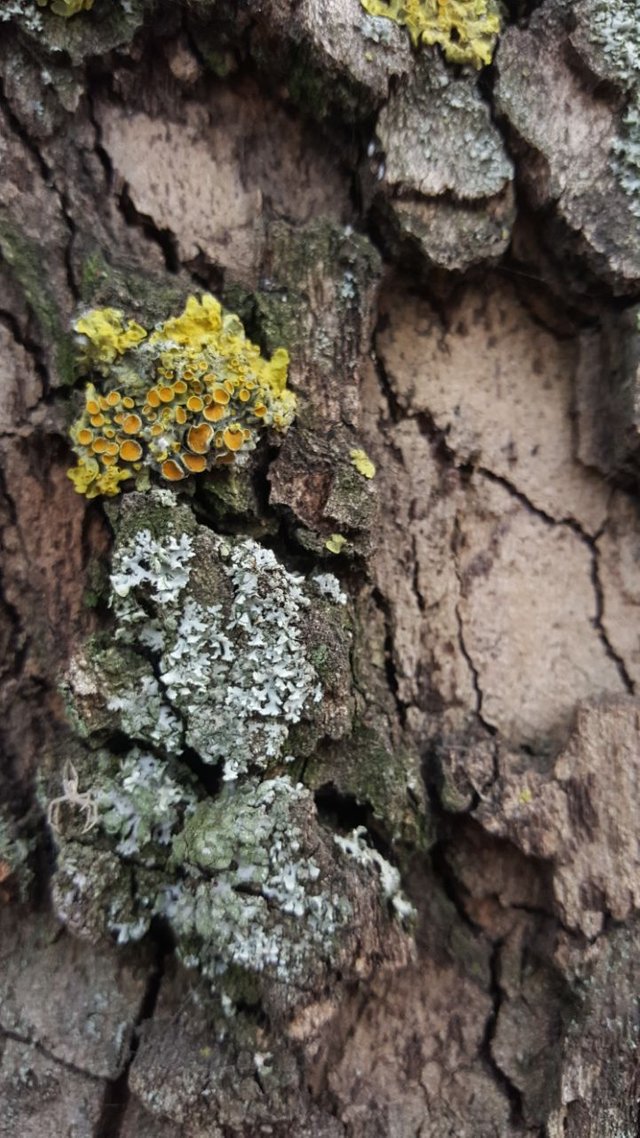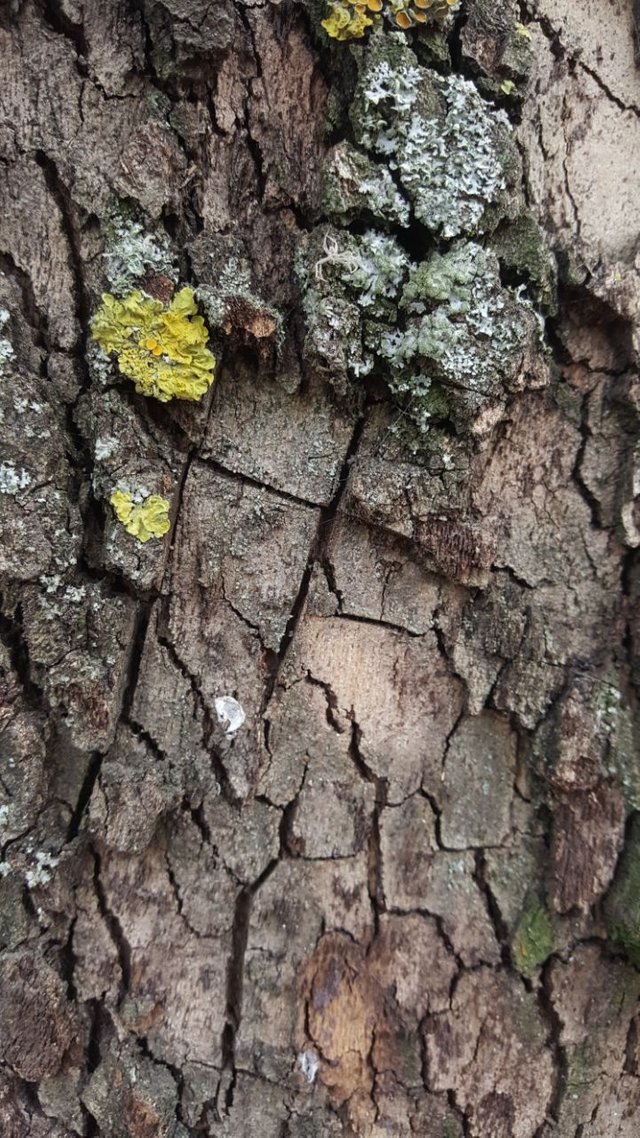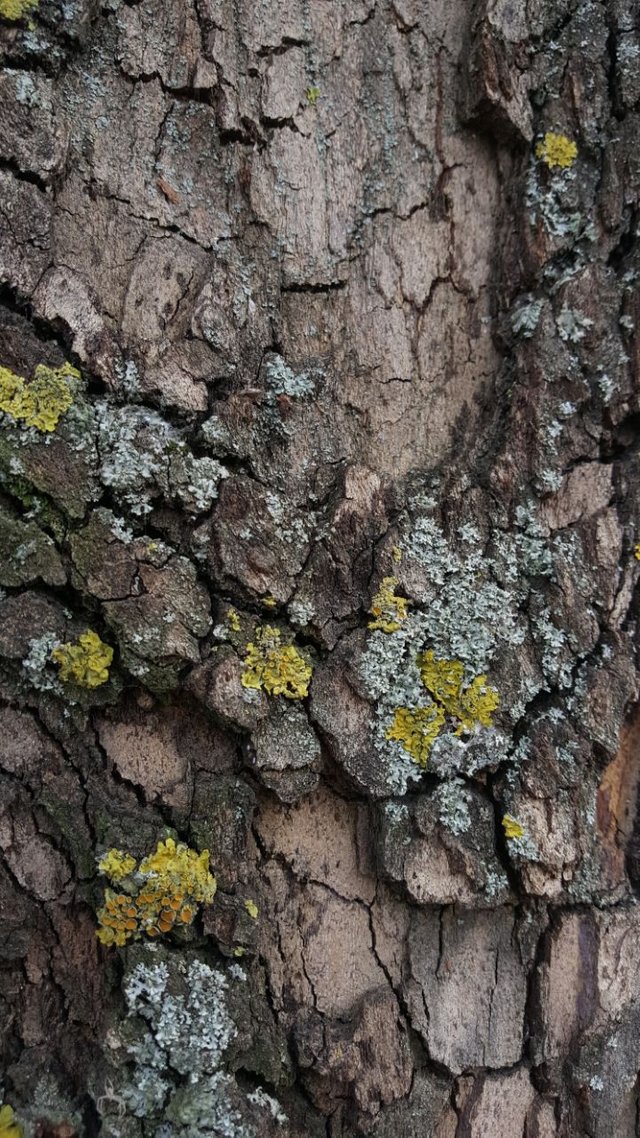#Nature # "The Enigmatic Beauty of Yellow Lichen on Trees: Nature's Hidden Artistry"




Introduction
In the quiet corners of the natural world, where sunlight filters through the leaves and the air hums with the songs of birds, an often-overlooked wonder thrives - yellow lichen on trees. These delicate organisms, a symbiotic partnership between fungi and algae, create stunning, intricate patterns that can turn a simple tree trunk into a work of art. In this blog, we will explore the captivating world of yellow lichen on trees, its ecological importance, and the best ways to appreciate and protect this unique natural phenomenon.
The Beauty of Yellow Lichen
Yellow lichen, scientifically known as Xanthoria parietina, is a vivid and eye-catching species of lichen that frequently adorns the bark of trees and rocks. Its striking yellow or orange coloration can be a feast for the eyes, especially when it contrasts with the muted tones of the tree's bark. The lichen's appearance varies throughout the year, and it becomes more prominent during the warm and wet seasons when it becomes moist and vibrant.
The fascinating aspect of yellow lichen's beauty lies in its intricate structure. When you look closely, you'll notice that it is composed of tiny, cup-shaped structures called apothecia. These structures are the reproductive organs of the lichen and add to its overall charm. The contrast between the bright yellow or orange apothecia and the often grayish-green thallus (the lichen's body) creates a visually arresting tableau.
Ecological Significance
Beyond its aesthetic appeal, yellow lichen plays an essential role in ecosystems. Lichens, in general, are known for their sensitivity to environmental changes, particularly air quality. They act as bioindicators, meaning their presence or absence can reflect the health of the environment they inhabit. When lichens like Xanthoria parietina thrive, it's often an indicator of relatively clean air.
Additionally, yellow lichen provides habitat and sustenance for a variety of small organisms. Tiny insects, spiders, and mites seek refuge among the lichen's complex structures, creating a microcosm of life on the tree's surface. Birds, too, may find insects and spiders within the lichen, making it an essential part of the food web.
Appreciating Yellow Lichen
If you're interested in exploring the world of yellow lichen on trees, there are several ways to appreciate its beauty responsibly:
Observation: Take a leisurely walk in a forest or park and look closely at tree trunks, rocks, or other surfaces where lichens might grow. Carry a magnifying glass or a macro lens for your camera to appreciate the intricate details up close.
Photography: Lichen-covered trees can make for stunning photographs. Capture the vibrant colors and unique patterns to share the beauty of yellow lichen with others and raise awareness about its importance.
Leave No Trace: While it's tempting to touch or collect lichen, it's crucial to remember that they are fragile and can be easily damaged. Leave them undisturbed so that others can enjoy them too.
Learn More: Dive deeper into the world of lichens by studying their biology, ecology, and cultural significance. Books, online resources, and local naturalist groups can be great sources of knowledge.
Best Tags for Your Content
If you plan to create content about yellow lichen on trees, here are some relevant tags to consider using:
- #Lichen
- #NatureArt
- #Bioindicators
- #TreeBeauty
- #Ecology
- #EnvironmentalAwareness
- #LichenPhotography
- #SymbioticRelationships
- #WildlifeHabitat
- #Conservation
Conclusion
Yellow lichen on trees is a remarkable example of nature's hidden artistry. Its vivid colors and intricate patterns not only enrich our visual experience but also serve as important indicators of environmental health. By appreciating and protecting these humble organisms, we can contribute to the preservation of our natural world and its intricate web of life. So, next time you're in the woods, take a moment to admire the beauty of yellow lichen on trees and celebrate the wonders of the natural world.